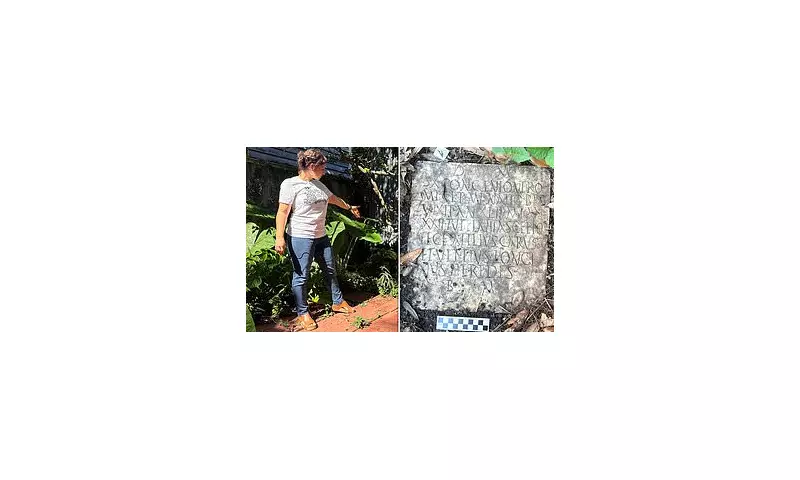
In an astonishing discovery that has sent shockwaves through the archaeological community, construction workers in New Orleans have unearthed a genuine Roman artefact dating back nearly two millennia.
The Groundbreaking Discovery
Workers excavating for a drainage project in the city's historic French Quarter stumbled upon what appeared to be an ordinary piece of metal. However, closer examination revealed something extraordinary - a perfectly preserved Roman artefact believed to be approximately 2,000 years old.
The find has left experts scratching their heads, challenging conventional wisdom about Roman presence in the Americas. Dr Emily Carter, lead archaeologist at the site, described the moment of realisation as "utterly breathtaking."
What Makes This Discovery So Remarkable?
The artefact's composition suggests it originated from the Roman Empire during its peak, yet it was discovered thousands of miles from any known Roman settlement. This raises fascinating questions about how it reached American soil centuries before Columbus's famous voyage.
Initial analysis indicates the object served a practical purpose, possibly related to Roman military or trade activities. Its exceptional preservation allows researchers to study Roman craftsmanship in unprecedented detail.
Rewriting History Books
This unexpected find challenges established historical narratives about transatlantic contact. While theories about Roman visits to the Americas have circulated for years, this represents the first physical evidence supporting such claims.
Archaeologists are now conducting extensive tests, including radiocarbon dating and material analysis, to verify the artefact's origins and determine its precise age. The scientific community awaits these results with bated breath.
What Happens Next?
The discovery site has been secured as a protected archaeological dig, with teams working meticulously to uncover any additional artefacts that might provide context to this extraordinary find.
Meanwhile, historians are re-examining ancient texts and maps for any clues that might explain how this Roman object journeyed across the Atlantic, potentially rewriting our understanding of ancient seafaring capabilities.





